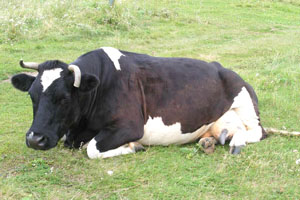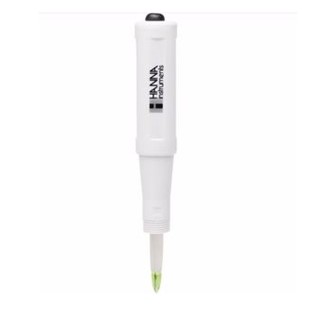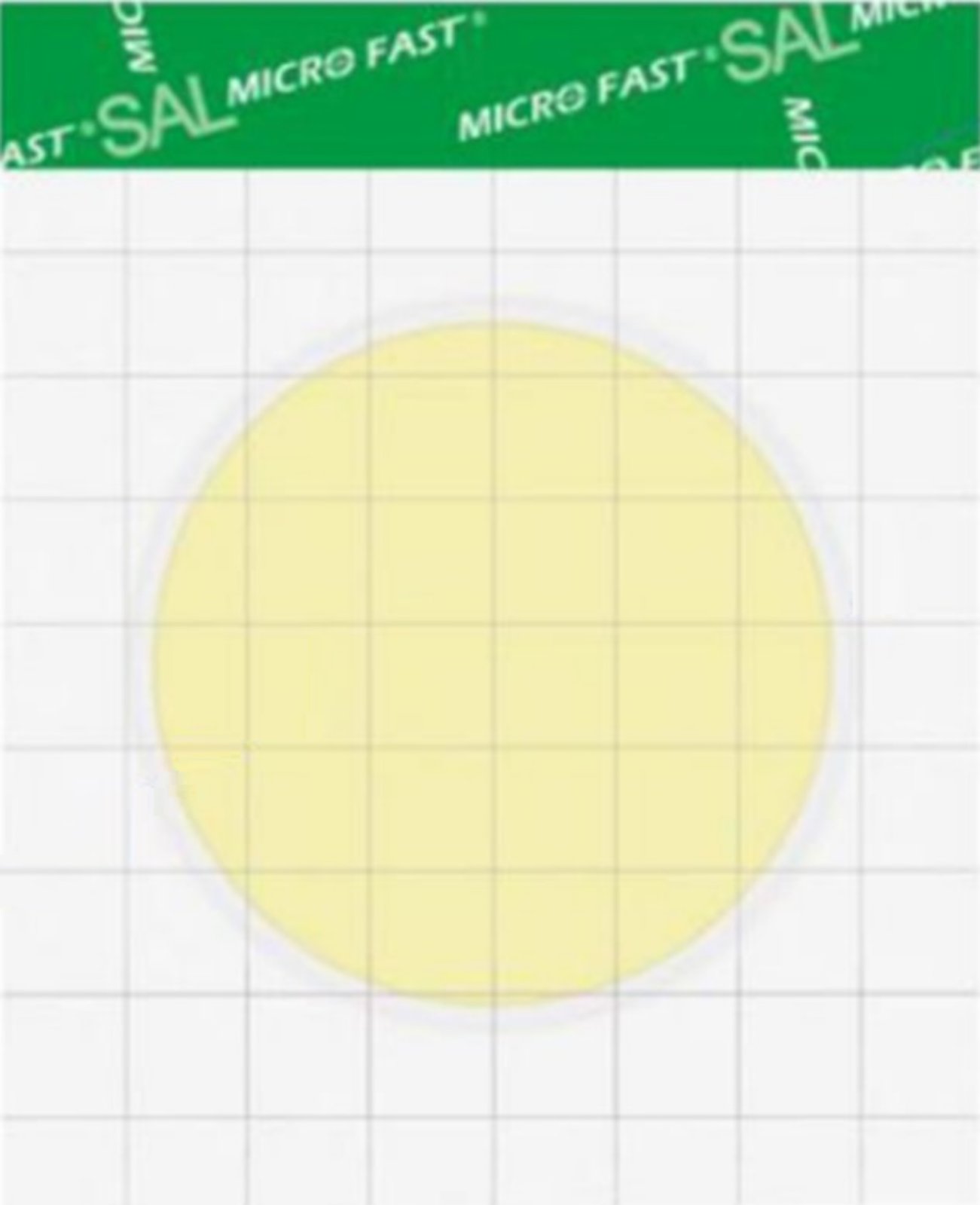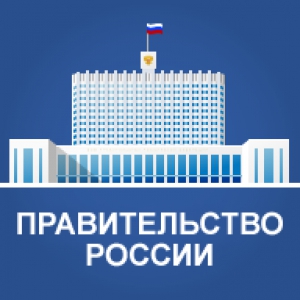There is a Hereford, no meat: why Tomsk "marble" disappeared from the shelves
Tomsk livestock breeders faced difficulties in the production of marbled beef. Despite the fact that the total number of cows of a special breed - Herefords - in the region is 8.6 thousand, no one produces the required quality of MEAT on an industrial scale. One of the reasons is the lack of comfortable stalls for livestock. More details in the material of RIA Tomsk.
Earlier it was reported that more than 10 years ago, agricultural producers began to import cattle (Cattle) of the Hereford breed to the Tomsk region. Animals have proven themselves well in the conditions of the region - they are unpretentious both in maintenance and in feeding, while their meat is distinguished by high palatability. It was on this breed that the authorities staked in order to provide the region with marbled meat.
There are cows, no meat
Andrey Knorr, deputy governor for agro-industrial complex, explained to RIA Tomsk that 76 agricultural producers are breeding Herefords in the region, their total livestock is 8.6 thousand heads. However, the list of farms does not include the Berezovskaya Farm in Pervomaisky District, which was opened in 2017 just for the production of marbled beef. In 2018, the farm even supplied meat to Tomsk restaurants, and later to shops. But according to Knorr, the project closed in 2022.
"The property complex of enterprises of Agroholding JSC Tomsky" was leased to the enterprise of the Lama Group of Companies, the deputy governor said.
As the HEAD of the regional department of the village, Evgenia Bulkina, explained to RIA Tomsk, there are no Herefords on the Berezovskaya farm today. Therefore, marble meat on the shelves of retail chains too. The Lenta, Yarche, Maria-Ra, Pyaterochka, Magnit, Bystronom, Metro and Lama networks reported this to the authorities.
Steaks for Relaxation
Marbled beef is a mammalian red meat that contains varying amounts of intramuscular fat, giving it a marbled appearance. "Marble" is a delicacy due to its small share in the total volume of meat produced.
As RIA Tomsk was explained in the regional department of the village, it turns out that it is not so easy to get marbled meat from Hereford. Several factors influence the formation of marbling.
One of them is the age of the animal: for example, calves are not able to produce such meat, they first accumulate subcutaneous fat, fat near the organs, and only then intramuscular.
But a more important component is the low physical activity of livestock: in order to have a marbled meat structure, cattle must be kept in stalls - then the meat is softer than those animals that graze and load the muscles. It is with this component that the farms of the Tomsk region have problems.
"Beef cattle breeding in the Tomsk region, due to seasonality, uses a technology in which animals are kept on pasture in summer, and in winter on walking grounds with mounds and sheds. Animals with such a system are provided with all conditions for growth and development, but have a high load on the muscles, which does not allow you to get marbled beef," Bulkina said.
According to her, for this reason, there is no local marbled beef in the region. And those farms that breed Herefords mostly sell not marbled meat, but ordinary beef - at weekend fairs, under agreements with restaurants, shops and processing complexes.
Will there be "marble"?
As Bulkina explained, the generally accepted technology for growing and fattening cattle to obtain marbled beef is feedlots - sites for the final fattening of cattle with high-calorie expensive diets for at least 120 days before slaughter, an average of 200-300 days.
According to her, there are no such feedlots in the Tomsk region, and farms cannot afford them due to the high costs of construction, the purchase of machinery, equipment for the production of feed and the low turnover of investment investments. However, there is still light at the end of the tunnel.
"Currently, the Lama Group of Companies is completing the development of a project for the construction of a feedlot. The start of construction is expected no earlier than 2024," the head of the regional department said.



























































